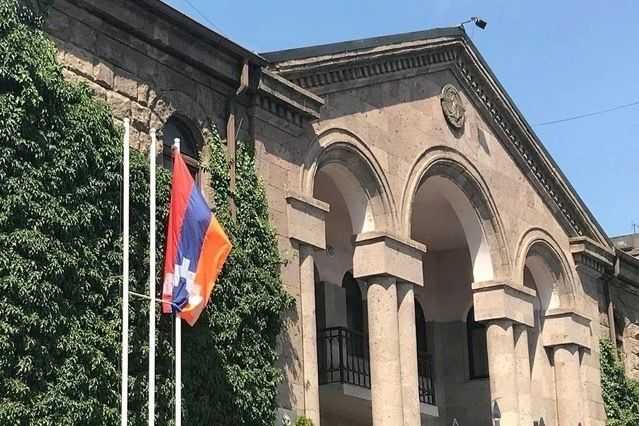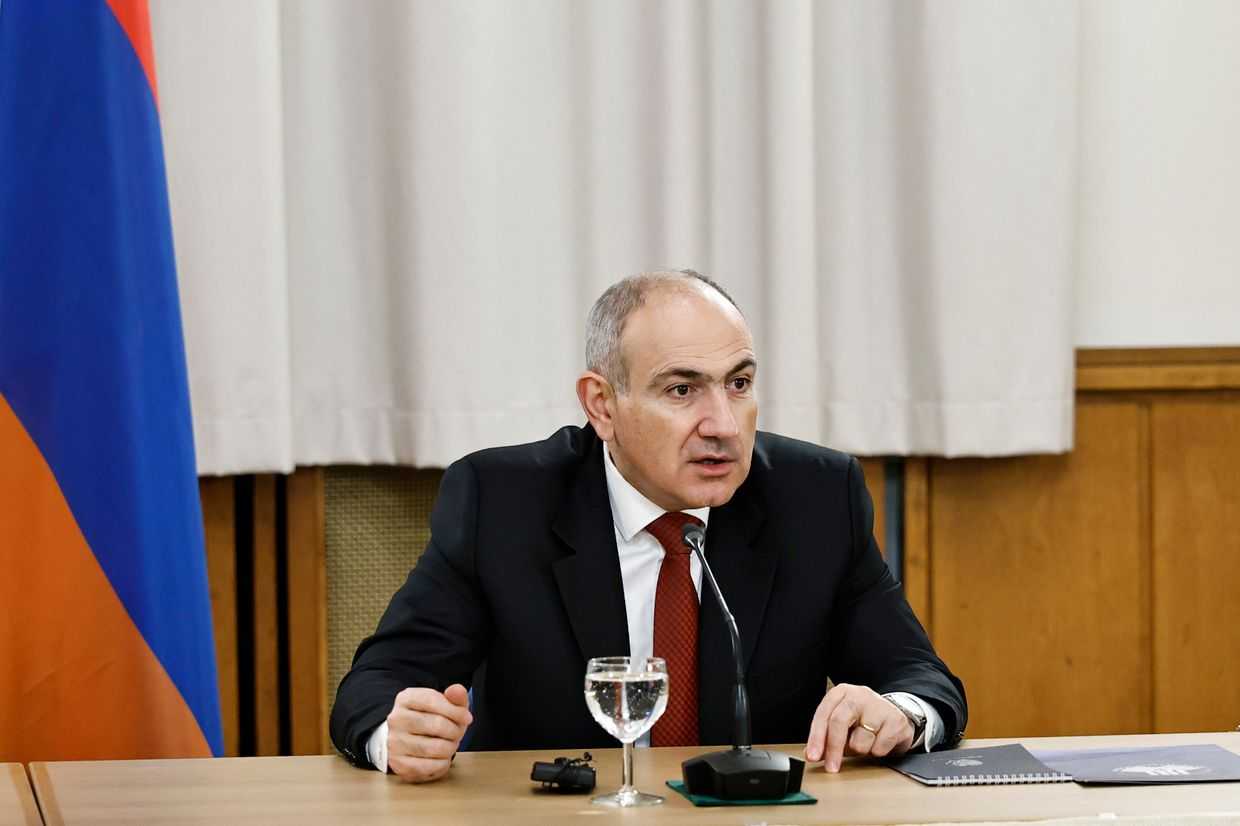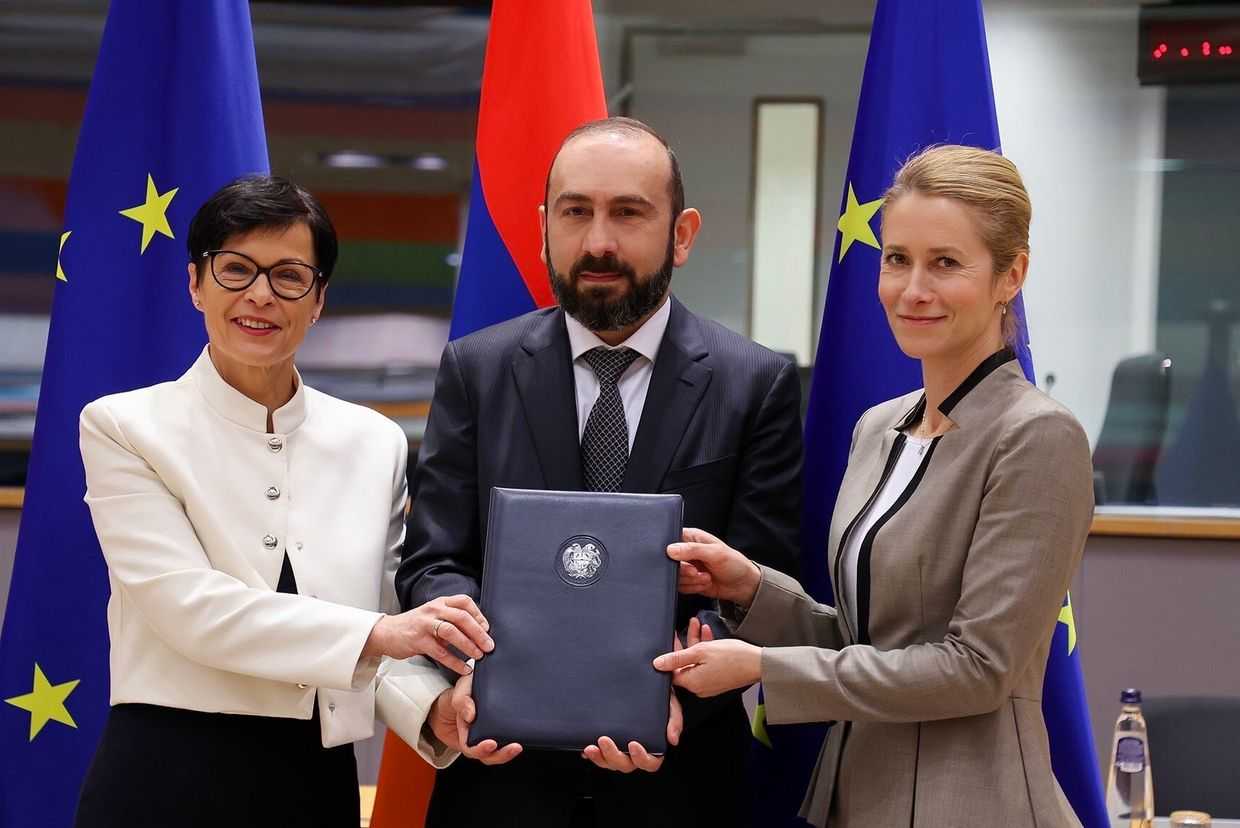
Armenia’s only two opposition factions with seats in parliament, Prosperous Armenia and Bright Armenia, have said they want to remove Prime Minister Nikol Pashinyan from office. But how would that look in practice?
According to the Armenian constitution, a motion seeking non-confidence in the Prime Minister cannot be held during martial law, which remains in force in Armenia.
In order to rescind the state of martial law, a majority of the total number of members of the Armenian parliament would need to vote in favour. The National Assembly has 132 MPs, meaning they would need the votes of 67 MPs.
After this, a draft decision seeking non-confidence against the prime minister could be brought before parliament with the signatures of at least one-third of the total number of MPs, 44. The MPs would have to submit a new candidate for prime minister simultaneously.
The draft must then be voted on no earlier than 48 hours and no later than 72 hours after it is submitted.
After this, a majority of the total number of MPs would have to vote in favour of the motion for it to pass.
There are currently only 44 opposition MPs in parliament, 24 from the Prosperous Armenia faction led by Gagik Tsarukyan, 17 from the liberal Bright Armenia faction, and three MPs not in any faction.
The leaders of both the Prosperous Armenia and Bright Armenia parties have said they want to remove Pashinyan from power.
However, Nikol Pashinyan’s My Step faction has 88 MPs, enough to block any no-confidence motion. Only 57 of these, however, are from his own Civil Contract Party. Of the others, four are from the Mission Party, one is from the Powerful Motherland Party, and 26 are independents.
If all opposition MPs agreed to rescind martial law and remove the prime minister, they would need to gain the support of 23 of these in order to succeed.









